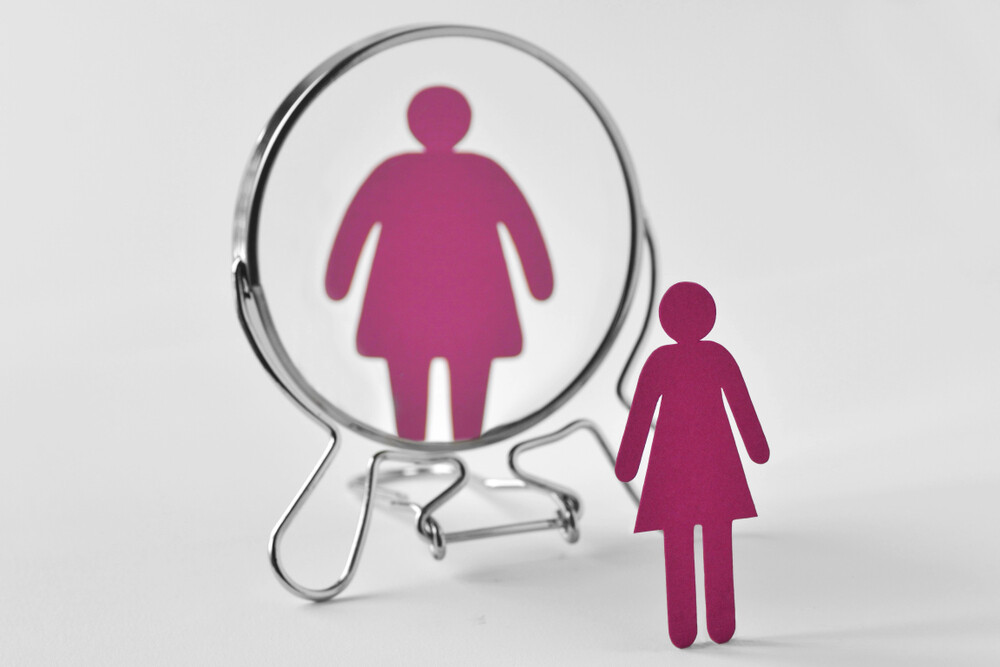Anorexia nervosa is often trivialized, but the eating disorder can be fatal. Causes, treatment and how best to approach those affected.
Anorexia nervosa: What is that actually?
Anorexia nervosa is a psychologically triggered eating disorder. With anorexics, everything revolves around weight loss: They hardly eat at all, exercise excessively, take laxatives and appetite suppressants.
Anorexia is based on a disturbed perception of the body: those affected feel that they are too fat, even though objectively speaking they have long been underweight. Starvation becomes proof for them that they have the power over their body. If anorexia is not treated, every tenth person affected dies from the consequences of malnutrition.
Who gets anorexia nervosa?
It is estimated that 800,000 Germans are anorexic, 95 percent of them women. Most of those affected are between 15 and 25 years old. There may be a genetic predisposition to anorexia. Perhaps there is also a disorder of the hormones leptin and seroronin behind it.
Anorexia nervosa often begins in puberty, when physical changes are accompanied by psychological problems. Most anorectics are conflict-shy and reserved, but are also very ambitious and perfectionist.
Which complaints should make me sit up and take notice?
Alarming is when someone always eats very slowly and small portions and tries to be alone when eating. Anorexics also avoid foods rich in calories and fats, often talk about their weight and do a lot of sports.
The greater the underweight, the more serious the complaints become: At some point the period stops and the desire for sex diminishes; because the body lacks minerals, the hair falls out and the skin flakes. Because of the lack of fibre, anorexic people often suffer from constipation. The body switches to the low flame: Blood pressure, pulse and body temperature drop alarmingly, water accumulates. In addition, many anorexics develop depression due to a fixation on food and the need to control.
How does the doctor determine whether I am affected?
With the help of the Body Mass Index (BMI), the doctor can check whether a woman is underweight. The BMI is calculated using the following formula: Weight in kilo/(height in metres)2. If the BMI is 17.5 or higher, the doctor will diagnose anorexia if he finds out in conversation with the person concerned that her thoughts are constantly revolving around losing weight and that she has extreme control over her eating behaviour.
In addition, a blood test helps to determine deficiency symptoms. Zinc and iron deficiencies are typical of anorexia nervosa.
How can anorexia nervosa be treated?
The only way to treat anorexia nervosa is outpatient psychotherapy. There the patients learn to perceive their body properly again. Such treatment can take several years and often involves the whole family.
In the accompanying nutritional therapy, those affected learn to eat healthily and to eat enough food regularly. Psychotropic drugs, food supplements and vitamin preparations support the therapy.
If the health of an affected person is acutely endangered, in-patient therapy is advisable. In extreme cases, it may be necessary to provide an anorexic patient with a temporary artificial diet.
Are there also gentle healing methods?
Feldenkrais and the Alexander Technique can help women to get a better feeling for their own body after conventional medical treatment. Qi Gong and Yoga help in a gentle way to strengthen the muscles.
How can I protect myself?
Parents can protect their children by regularly eating together with them and educating their children to healthy self-confidence beyond social beauty ideals.

